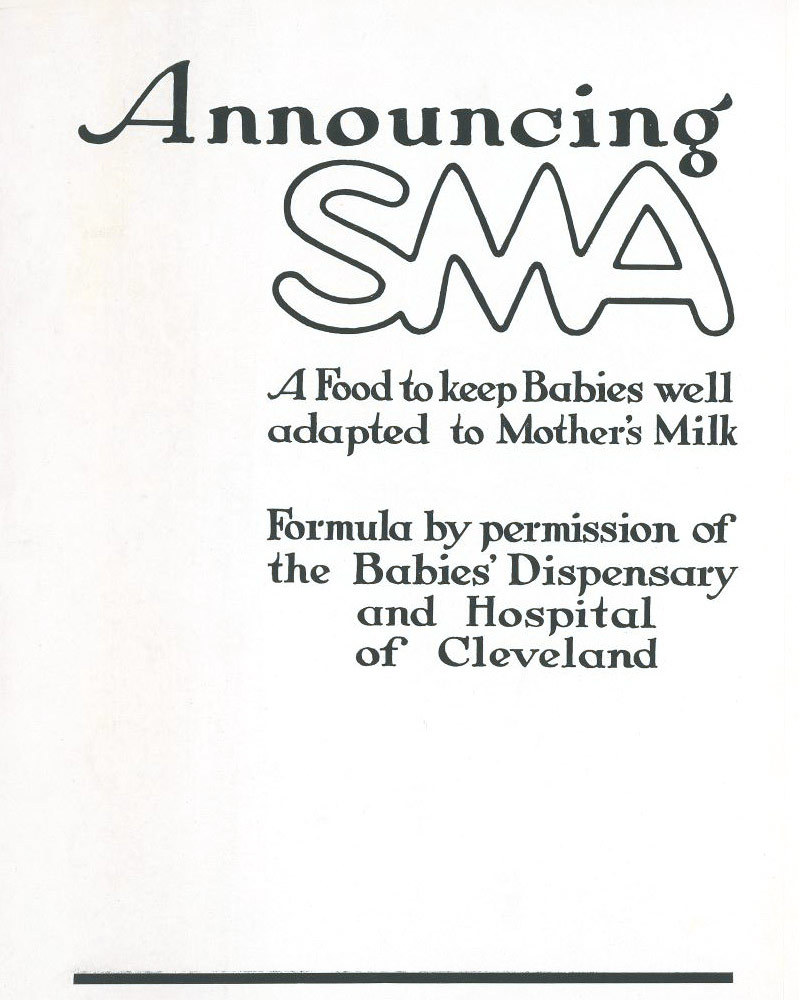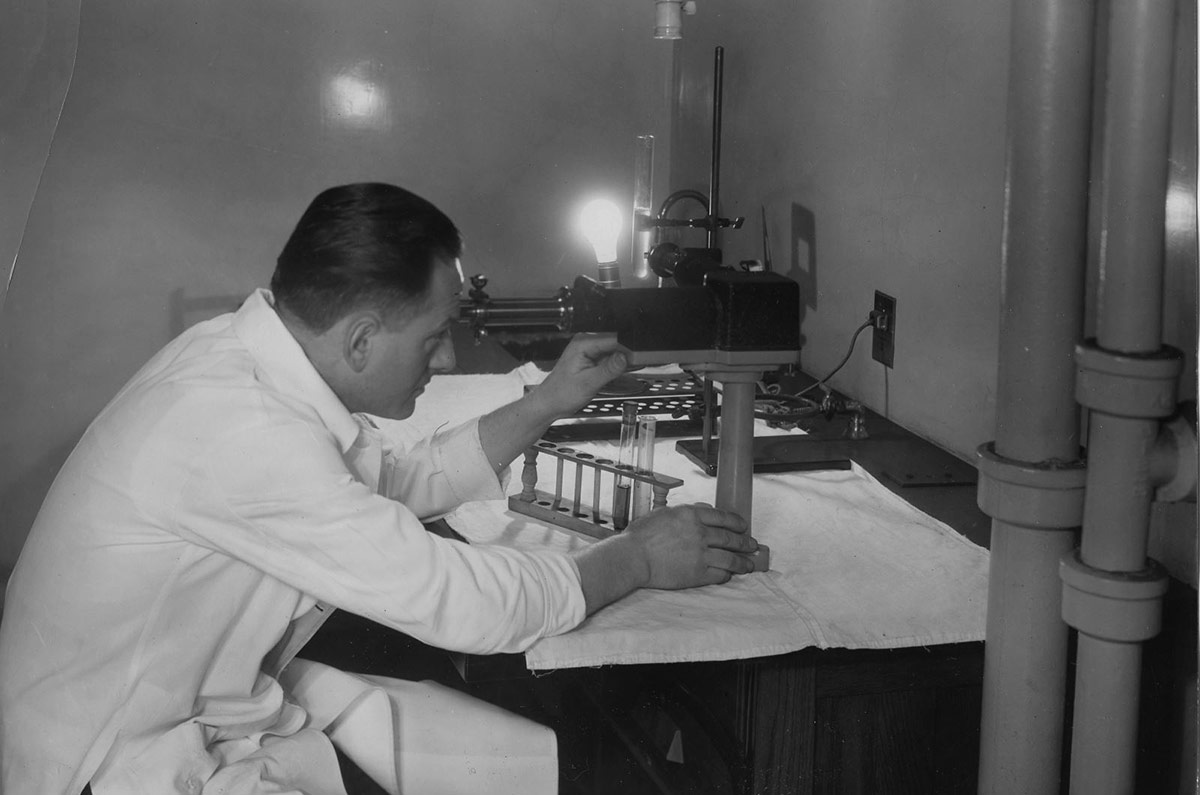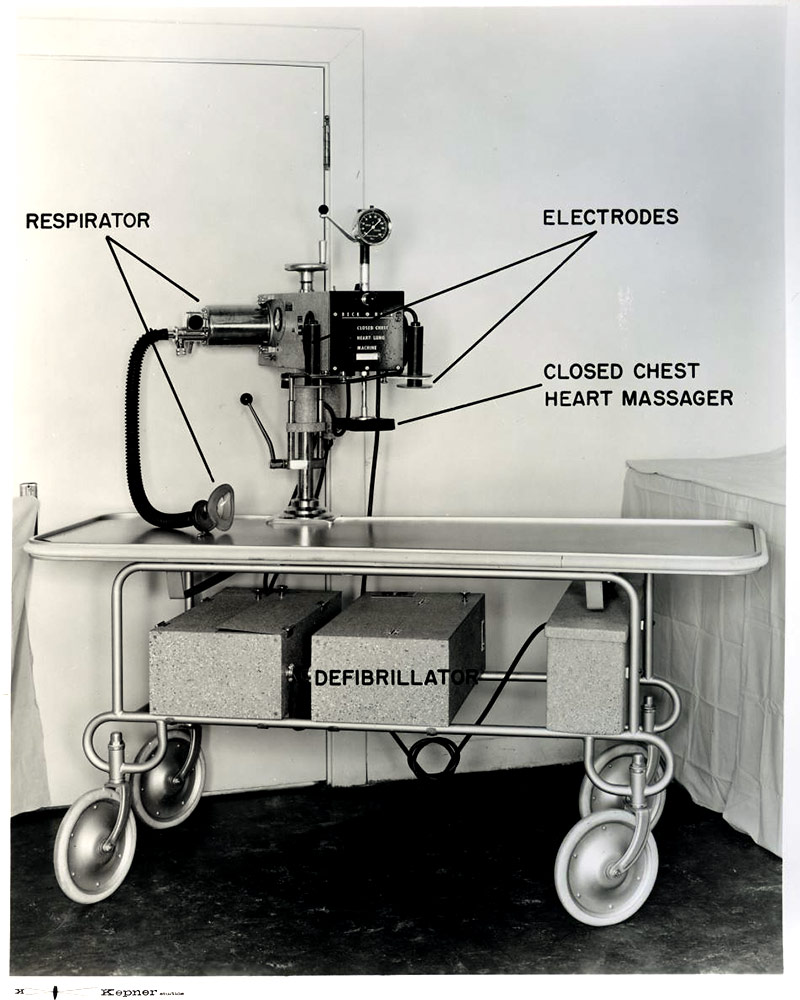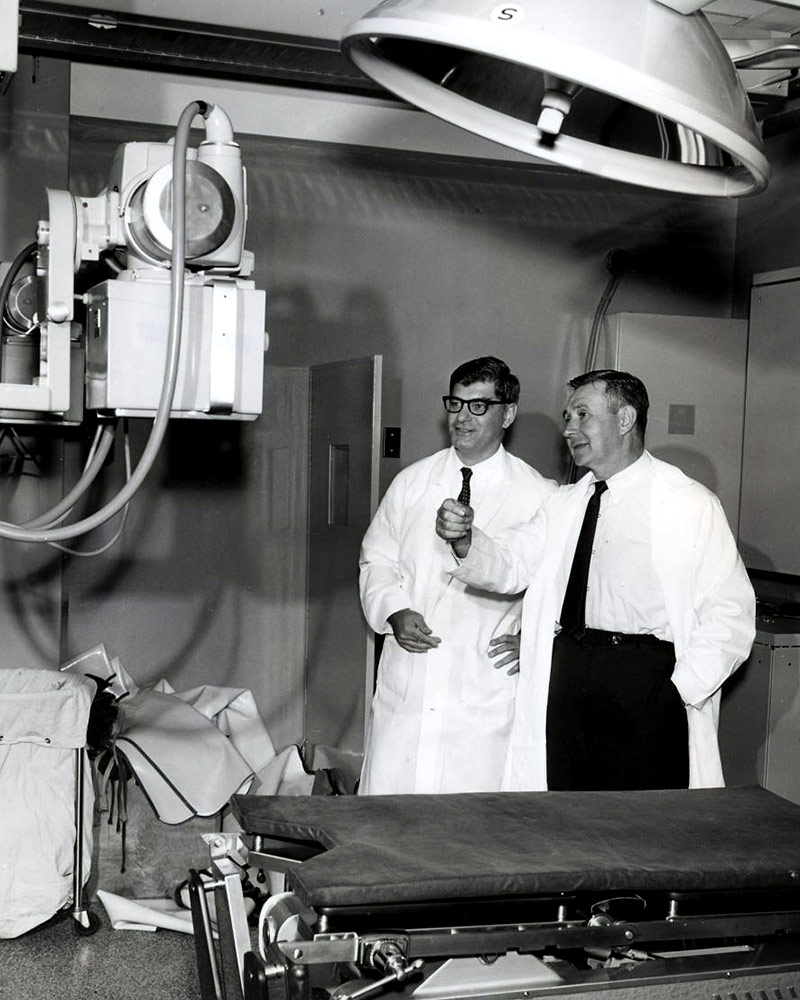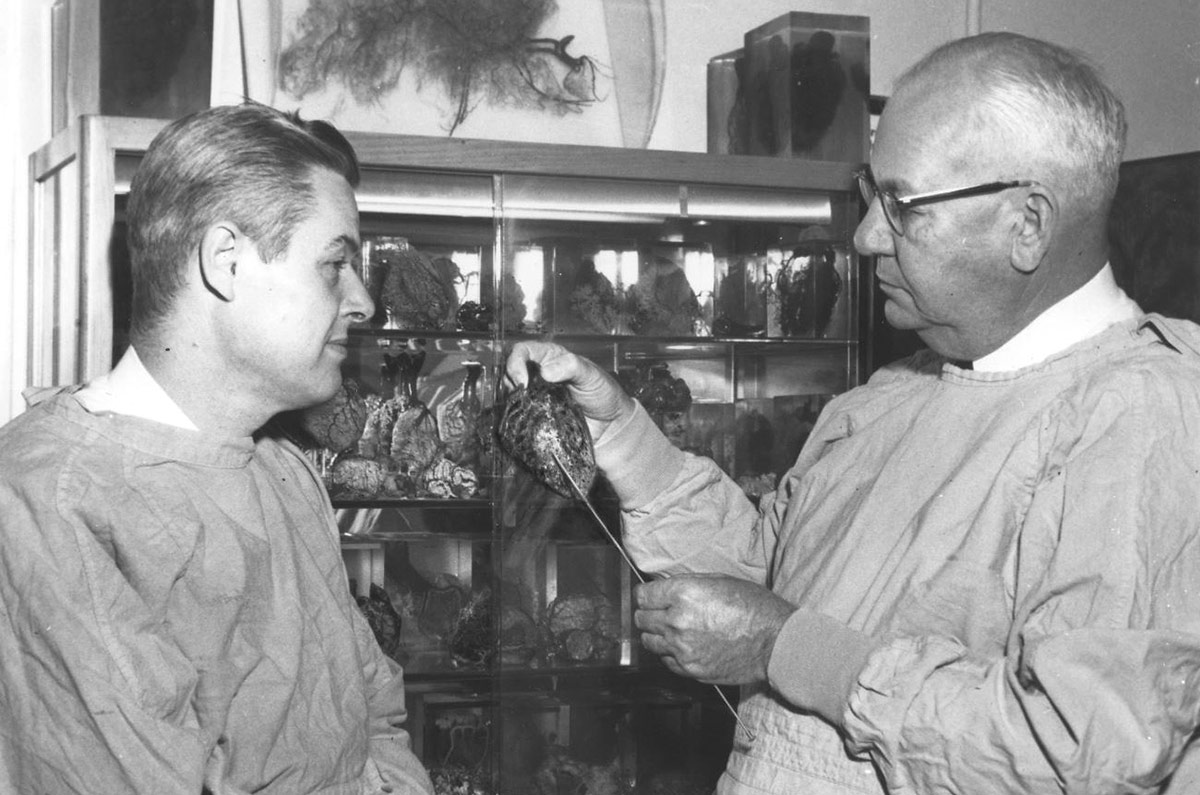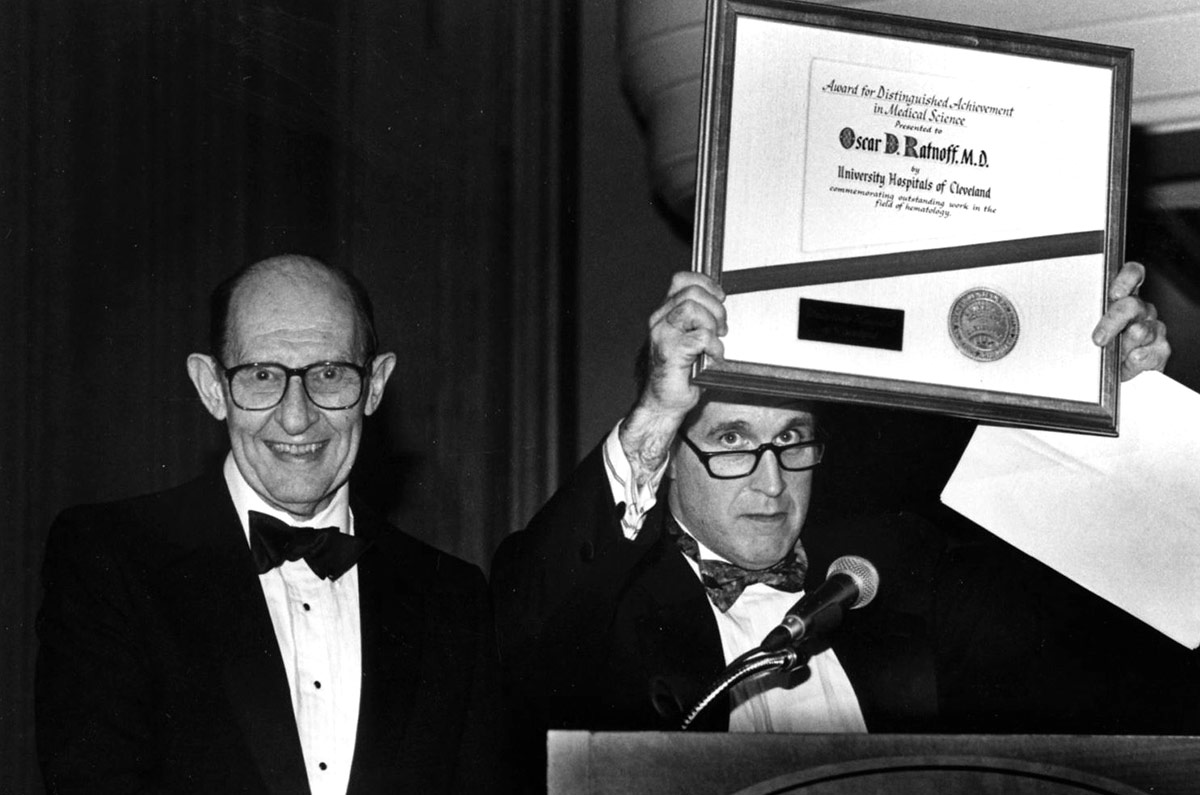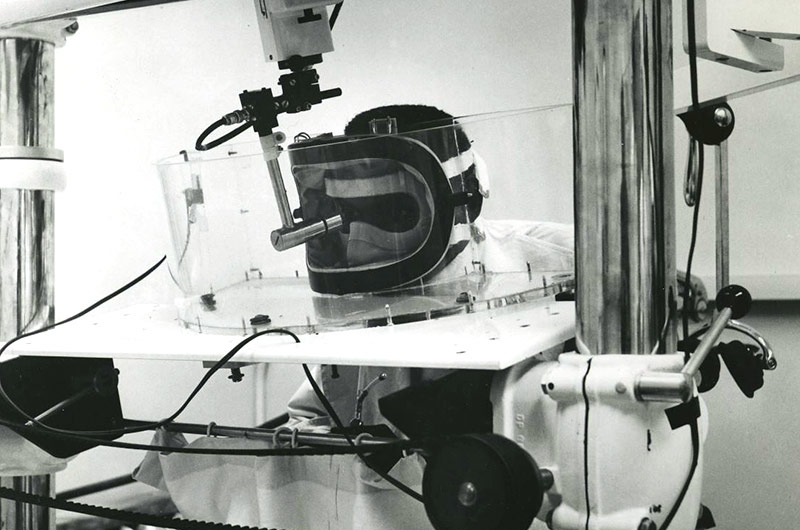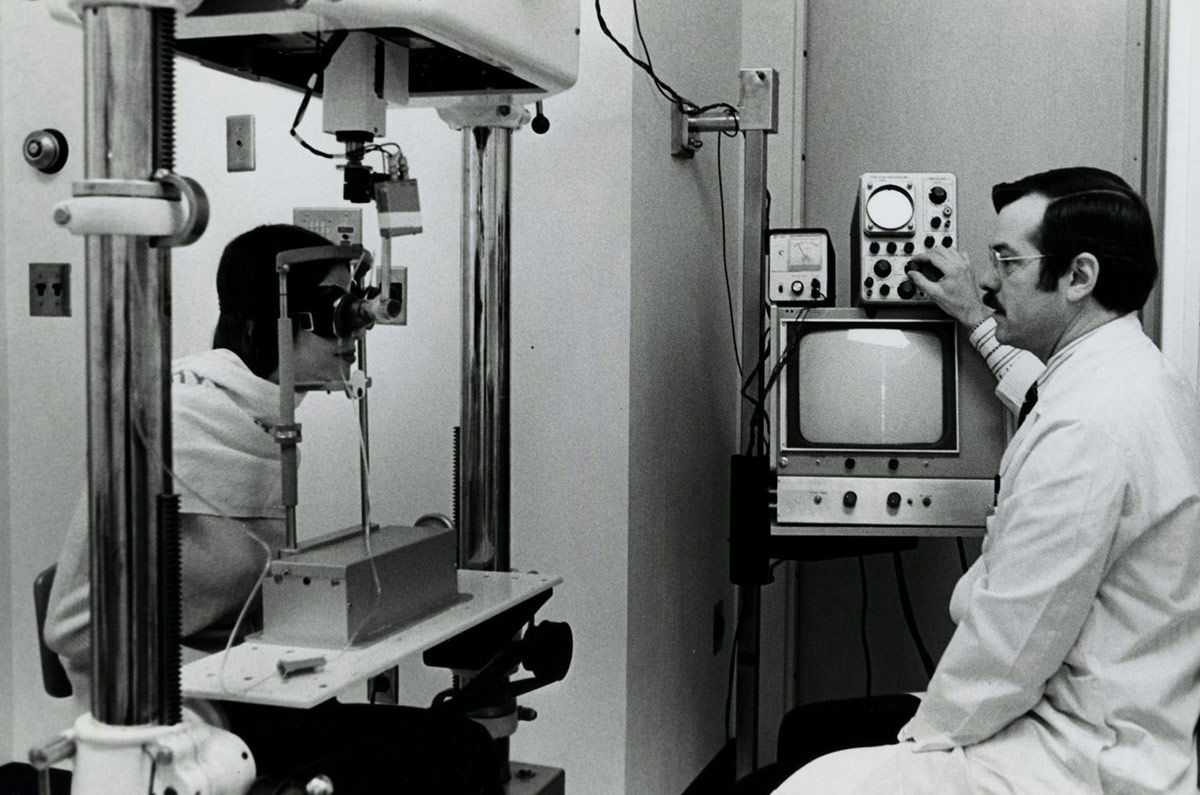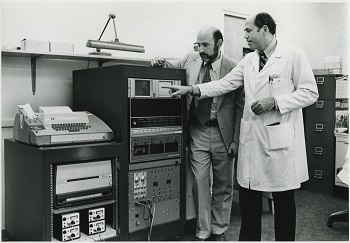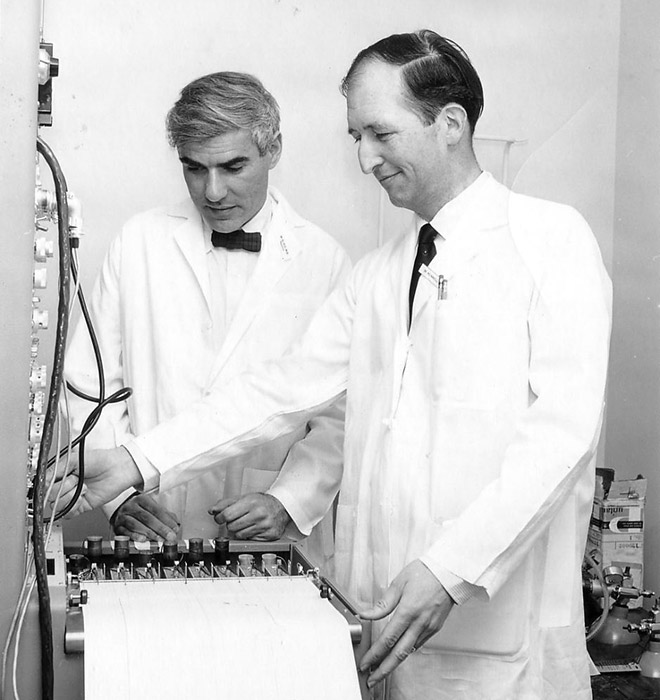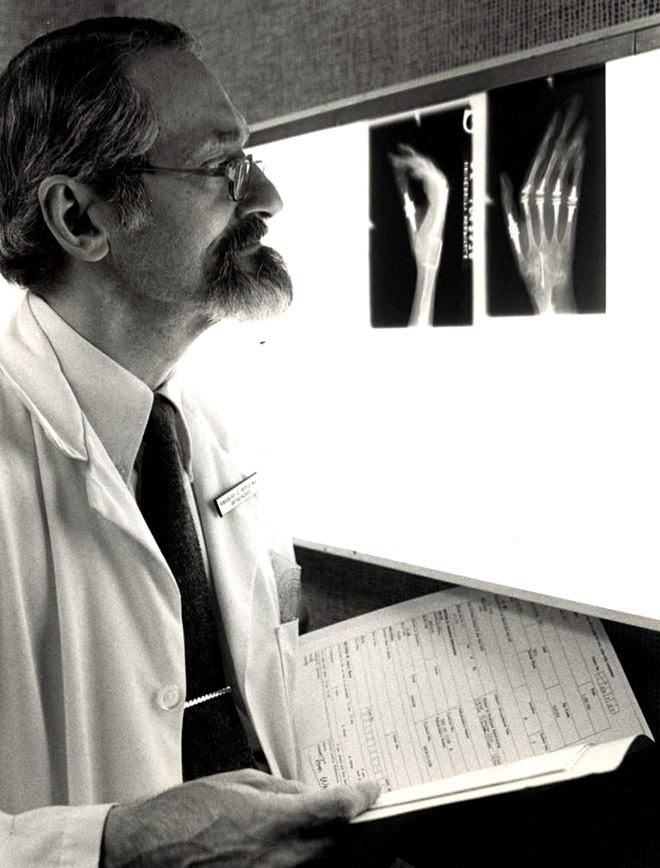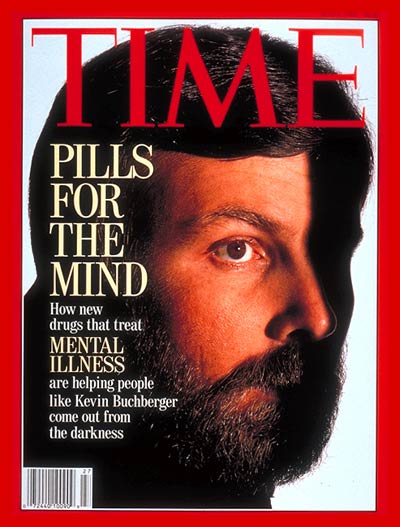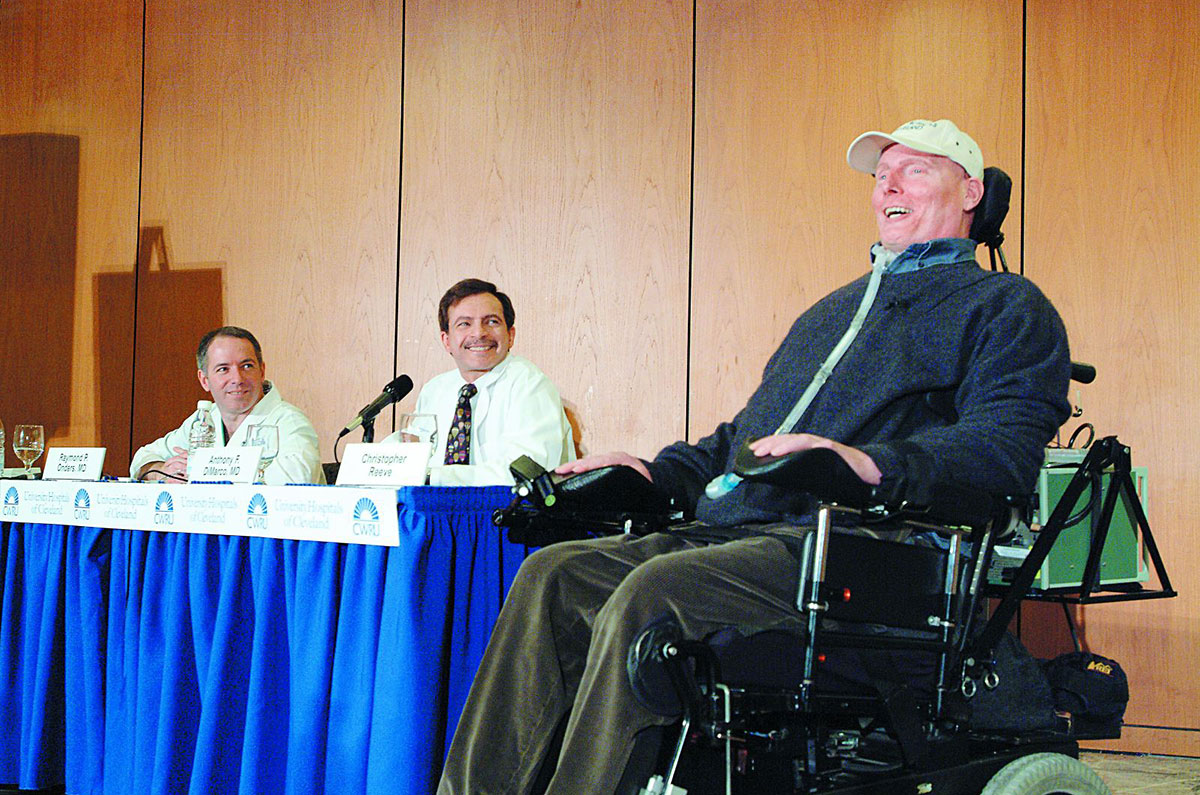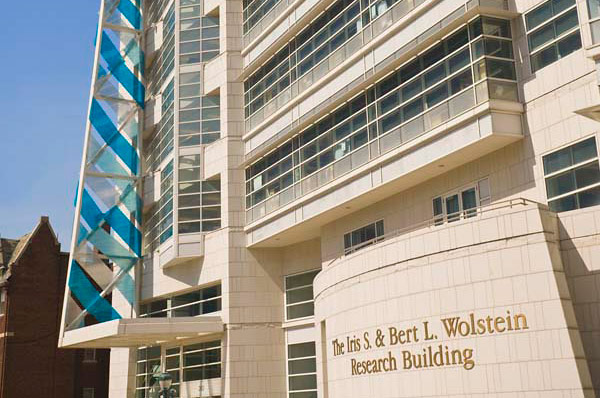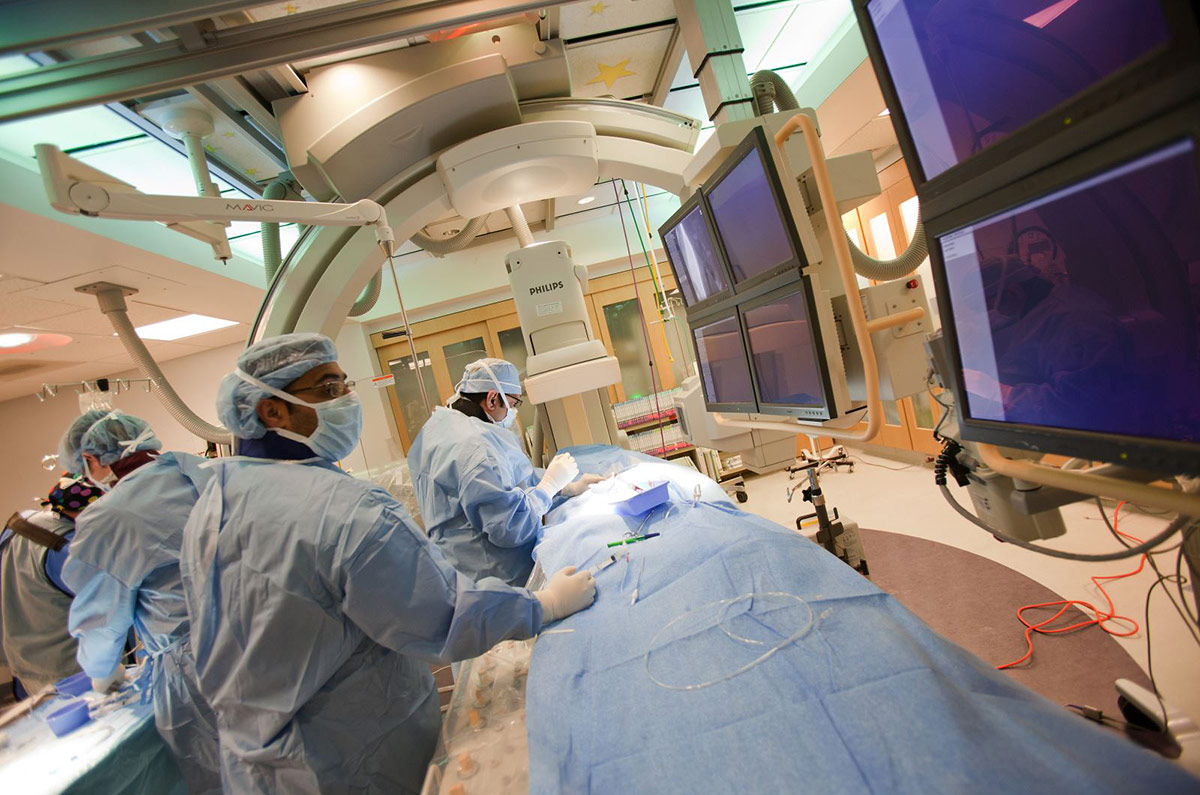Pioneering medical research and breakthroughs for over 150 years
In Northeast Ohio, University Hospitals is the leading source of medical research and the top facilitator of clinical trials. We contribute to the future of medicine by training more medical students than any other health system in Ohio.
Whether it is our leadership developing drugs to combat COVID-19, novel treatments for cancer, new heart and vascular procedures, or cures for untreatable diseases, research and discovery at University Hospitals is the foundation of our innovative, compassionate care.
Our commitment to advancing the science of heath is the foundation of the care we provide today and will provide in the future.
Breakthroughs by the Decade
Since the early 1900s, the physician scientists at University Hospitals have been pursuing new and innovative ways to treat our patients. Over the last century, their efforts have led to groundbreaking discoveries that have dramatically changed the face of medicine - developing new therapies for myriad diseases and disorders, ultimately improving the quality of life for many and saving the lives of countless others.
Research
Behind every breakthrough are years, sometimes decades, of painstaking clinical research. UH researchers are committed to discovering new treatment options, verifying their safety and efficacy, and swiftly moving them from the bench to the bedside for the benefit of our patients. And, with more than 2600 clinical research studies currently underway, new and innovative treatments are always on the horizon.
COVID-19 Research
The COVID-19 pandemic presented a unique and challenging opportunity for physician-scientists at University Hospitals and around the world. At UH, we rose to the challenge and have been working tireless since the virus first appeared - leading the way to find new treatments and vaccines, recognize and manage the symptoms of COVID Long-Haul Syndrome, and return Northeast Ohio to a more normal way of life.



